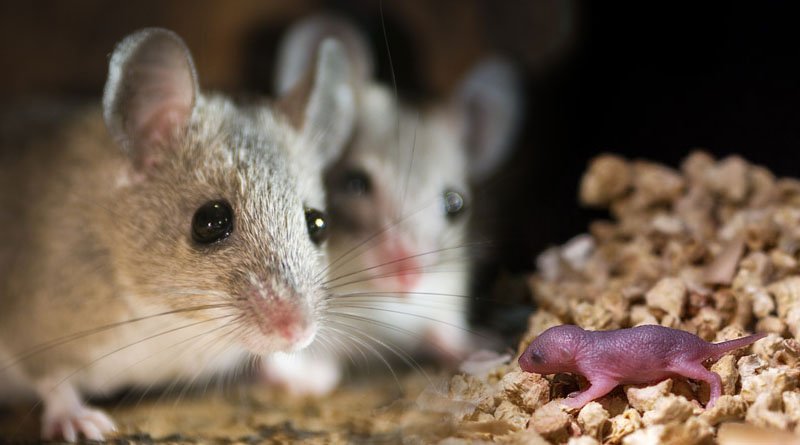Turner’s syndrome treatment was one of the goals of the research, which was presented at the Third International Summit on Human Genome Editing in London.

Japanese scientists developed seven mice with two male biological parents by fertilising a viable egg with skin cells from a male mouse.
They are hoping that this research, which involves breeding mice with two biological male parents, will advance infertility treatments. This is the first instance of producing healthy mammal oocytes from male cells, according to the study’s principal investigator, Katsuhiko Hayashi of Kyushu University. He continued by saying that it might be usable by people within the next ten years.
Turner’s syndrome treatment was one of the goals of the research, which was presented at the Third International Summit on Human Genome Editing in London. One in every 2,000 American women, or more than 70,000, has Turner’s syndrome.
Only women are impacted by the condition. They experience it when their genetic makeup contains either a partially or completely missing X chromosome. Men have one X and one Y chromosome, while women typically have two X chromosomes. The development of these chromosomes, which determine whether a foetus will develop into a male or female, begins in the womb.
Women born with only one copy of the X chromosome are frequently infertile, experience delayed puberty, are smaller, and are more likely to develop heart or learning problems. Japanese scientists are working on a stem cell therapy to treat the condition’s associated infertility. Using mice that were eight weeks old and had, for some reason, lost a Y chromosome, they created stem cells.
The remaining X chromosome was then copied using cell manipulation techniques to produce a cell with two X genes, which is typically regarded as a female cell. The duplication of the X chromosome is, according to Dr. Hayashi, the biggest trick in this. In the lab, they transformed those cells into eggs and fertilised them with mouse sperm.
More than six healthy mouse pups were born as a result of the process. According to Dr. Hayashi, it is now possible for children to be born to more than one father, as reported by the New Scientist. His team is currently working to mimic this procedure using human cells. In purely technological terms, it will be possible [in humans] even in 10 years, he predicted.
